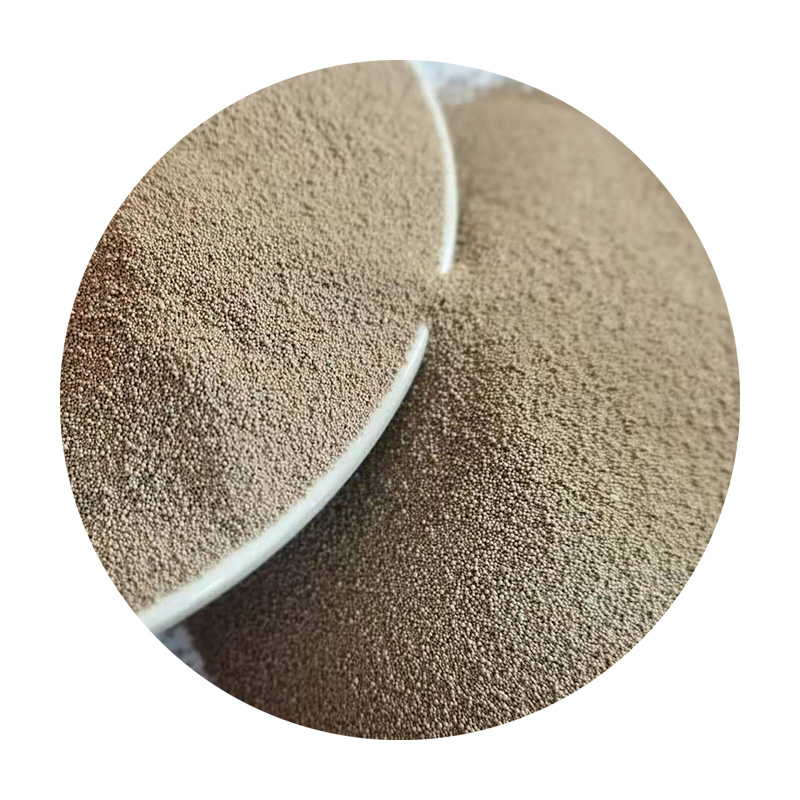Sand Casting Manufacturing Process
Sand casting, also known as sand mold casting, is a widely used metal casting process that employs sand as the mold material. It is a versatile and cost-effective method suitable for producing complex shapes and large quantities of various metal parts. This article will explore the sand casting process, its advantages, the materials used, and its various applications.
The Sand Casting Process
The sand casting process involves several key steps
1. Pattern Making The first step in sand casting is creating a pattern, which is typically made of metal, plastic, or wood. The pattern is a replica of the final part to be cast and includes allowances for shrinkage, machining, and surface finish. Patterns can be produced as single pieces or in multiple parts, depending on the complexity of the design.
2. Mold Preparation Once the pattern is ready, a mold is created by compressing sand around it. The sand used in this process is usually a mixture of silica sand, clay, and water. The sand must have sufficient strength and permeability to retain its shape while allowing gases to escape during the pouring of molten metal. The mold is typically created in two halves, called cope (upper half) and drag (lower half).
3. Core Making For parts with hollow sections or internal features, cores made from sand are used. Cores are placed in the mold to create the desired cavities in the final casting. They are made from sand mixtures with higher clay content to provide additional strength.
4. Pouring After the mold is prepared and cores placed, molten metal is poured into the mold cavity through a sprue—a channel that allows the liquid metal to flow. The pouring temperature and speed must be controlled to ensure the metal fills the mold completely without defects.
5. Cooling and Solidification Once the molten metal is poured into the mold, it begins to cool and solidify. The cooling time depends on the metal used, the thickness of the casting, and the ambient conditions. After sufficient time has passed, the casting can be removed from the mold.
6. Finishing Operations After the casting is removed from the mold, it often requires finishing operations such as trimming, grinding, or machining to achieve the desired surface finish and dimensional accuracy. Any defects found in the casting process may need to be addressed at this stage.
Advantages of Sand Casting
sand casting manufacturing process

Sand casting offers several advantages that make it a popular choice in various industries.
- Flexibility The process can accommodate a wide range of metal alloys, including aluminum, iron, and bronze, and it can handle large and complex parts.
- Cost-Effectiveness The materials used in sand casting, particularly sand itself, are inexpensive and readily available
. Additionally, the reusable nature of sand reduces waste and lowers production costs.- Scalability Sand casting is suitable for both small-scale production and large-volume manufacturing, making it adaptable to various production requirements.
- Design Freedom The process allows for intricate designs and detailed features, offering manufacturers the flexibility to innovate and create complex geometries.
Applications of Sand Casting
Sand casting is utilized in a variety of industries due to its versatility and cost-effectiveness. Common applications include
- Automotive Parts Engine blocks, transmission cases, and other critical components are often produced using sand casting for their durability and strength.
- Aerospace Components Aerospace manufacturing benefits from sand casting’s ability to produce lightweight yet sturdy parts like aircraft frames and engine components.
- Manufacturing Equipment Many industrial machines and tools are created using sand casting, as it allows for the production of large and robust machine parts.
In conclusion, the sand casting manufacturing process is an essential method in the production of metal parts, combining cost efficiency with flexibility and the ability to create complex shapes. With its wide-ranging applications across industries, sand casting remains a cornerstone of modern manufacturing, allowing for innovation and adaptation in an ever-evolving industrial landscape.
Post time:تشرینی یەکەم . 07, 2024 15:00
Next:3d printer sand
